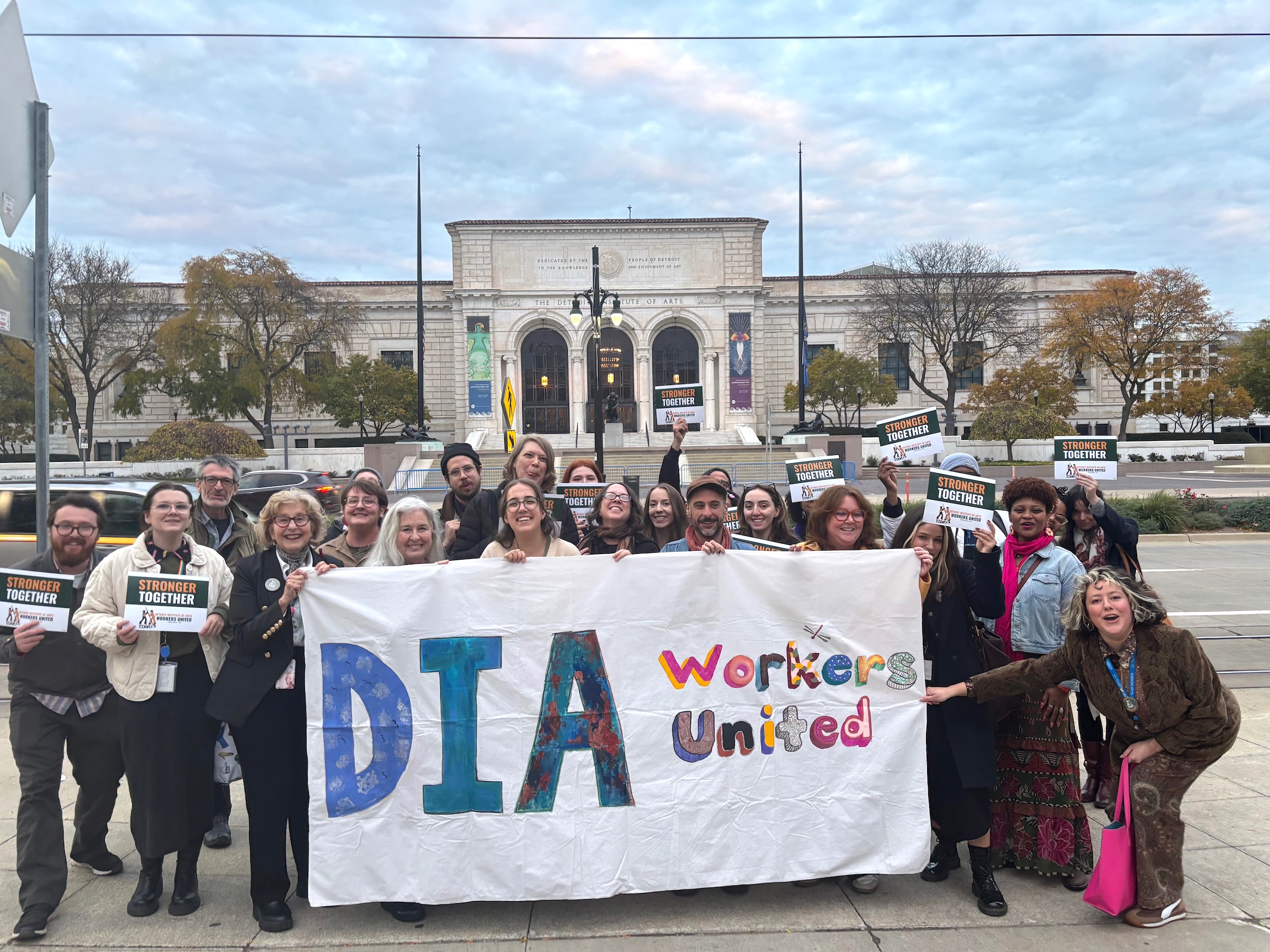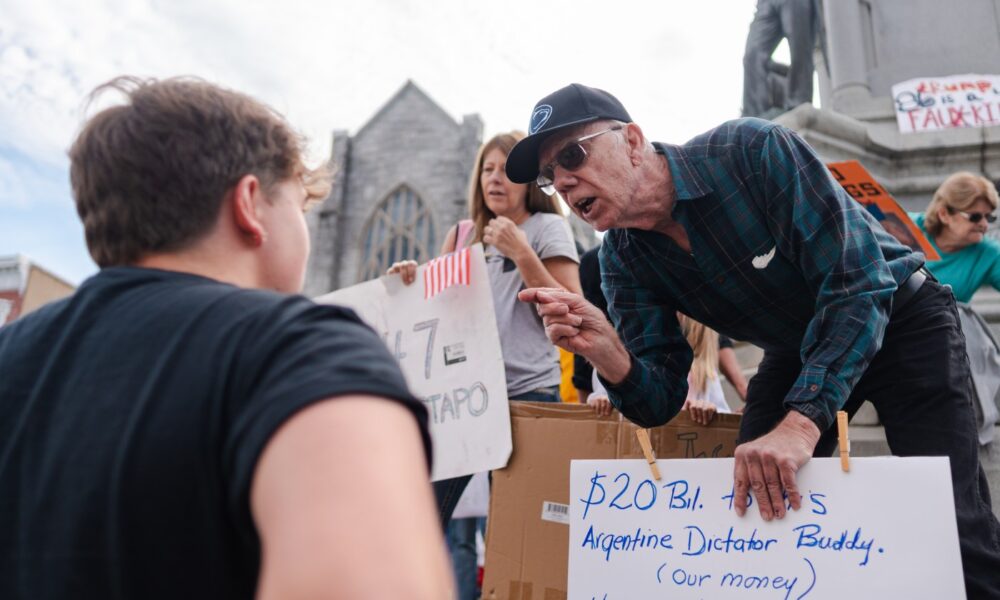UPDATE: Dozens of employees at the Detroit Institute of Arts (DIA) have officially launched a campaign to unionize, marking a significant moment in cultural workforce activism. On November 4, 2024, the group, known as DIA Workers United, submitted a letter to museum officials requesting union recognition through AFSCME Cultural Workers United.
The push for unionization reflects a growing trend among arts and culture institutions across the nation, as workers demand fair wages and better working conditions. Organizers, including veteran preparator Sarah Burger, emphasize the need for a living wage amid rising costs of living in Detroit. “Almost every single department within the museum is being represented at this point,” Burger stated.
The urgency of this movement is underscored by the current economic climate. “I’ve been priced out of two neighborhoods,” Burger shared, referencing the ongoing development and revitalization efforts that have led to soaring rents and housing costs. Despite the museum’s financial stability, thanks in part to a successful Tri-County millage funding strategy, workers argue that full-time staff should not need to juggle multiple jobs just to make ends meet.
Currently, the lowest wage at the museum stands at $16.50 per hour, with positions advertised in visitor experience, security, and retail sales. Despite the DIA’s growing endowment and secure operational budget, Burger asserts that “there’s no reason” employees should struggle financially in a well-funded institution.
The group aims to foster a collaborative relationship with museum administration. “We want to work with [the museum], we want to negotiate,” Burger emphasized, highlighting the importance of a partnership approach rather than an adversarial one. The call for unionization comes at a time when many cultural institutions are facing scrutiny over employee treatment, especially after the Los Angeles County Museum of Art recently declined to recognize its staff’s union.
DIA has yet to respond to inquiries about the unionization efforts. As this situation develops, the impact on museum staff and operations remains to be seen. Observers will be watching closely to see if the museum recognizes the union and engages in negotiations that could reshape the workforce landscape at the DIA.
As the movement gains momentum, the workers’ commitment to their roles and the institution shines through. “If your employees are thriving, then the museum is really going to be thriving,” Burger concluded, underscoring the potential benefits of a united workforce.
Stay tuned for updates on this developing story as DIA Workers United continues to advocate for their rights and fair treatment in the arts sector.







